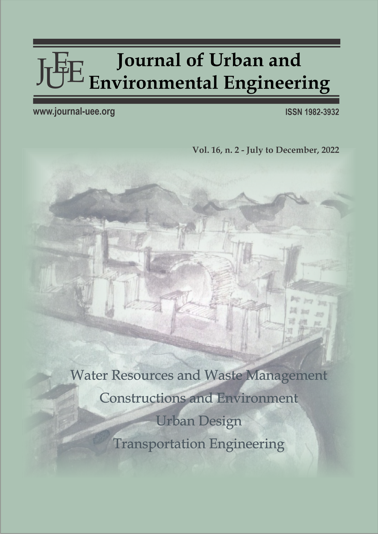ASSESSMENT OF WATER SUPPLY AND DEMAND IN PENINSULAR MALAYSIA
Abstract
In 2020, there have been a lot of water shortages in the state of Selangor mainly because of pollution from surrounding tributaries, there was increase in destruction and degradation of water catchments. All these factors have resulted in the increase in water shortages in the catchment and the demand remain higher. This study serves to look into the water demand and supply issues by analyzing the trend and relationship between demand and supply of water in Langat catchment of Peninsular Malaysia, evaluating the current water availability and water demand for different sectors, such as agriculture, industry, and domestic. Using and analyzing the status of future scenarios of the water supply system and then evaluate them to make recommendations for these different future scenarios using an Integrated Water Resource Modelling tool called Water Evaluation and Planning (WEAP) by obtaining meteorological, population and climate data from relevant authorities and entering the data into WEAP which will simulate results based on the data input and scenarios suggested by the users. The results obtained from the simulation has shown that an increase in population growth rate will result in increased demand for water as shown where in 2009 the demand for water is 364 million cubic meters (MCM) and in 2040 it is 582 MCM. Low population growth rate however shows that as population growth rate decreases demand and unmet demand for water decreases. For the current account year (2009), the unmet demand for both scenarios is 198 MCM and for the last year of scenarios of 2040, the unmet water demand for the reference scenario is 229 MCM and that of the low population growth rate scenario is 137 MCM. On other hand, the change in climate scenario with reduced precipitation will result in less water input received by the Langat catchment hence leading to rise in unmet water demands and rise in water demands as well. Hence this study will help water management authorities to plan and allocate available resources accordingly so that it does not affect water availability for future generations.




